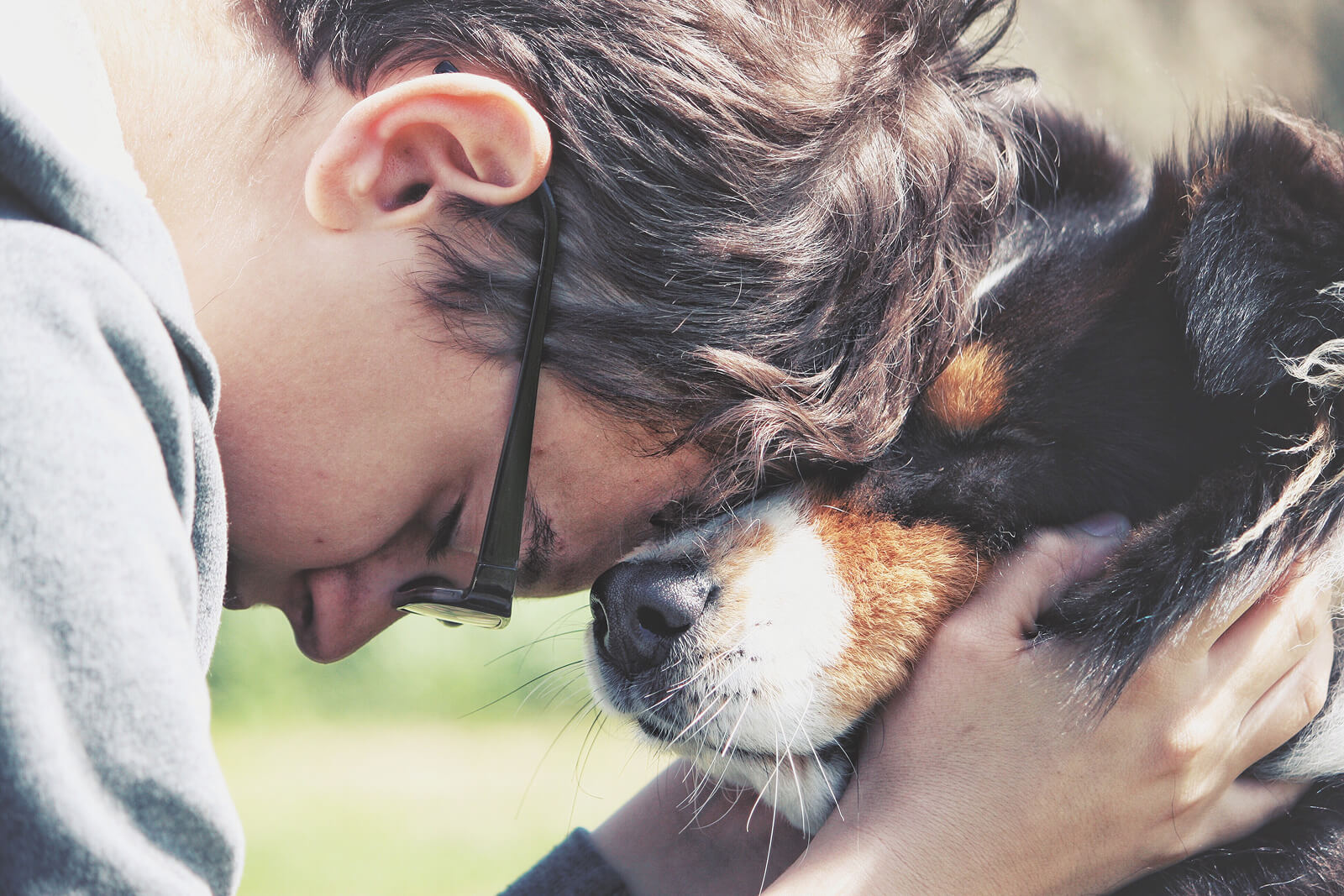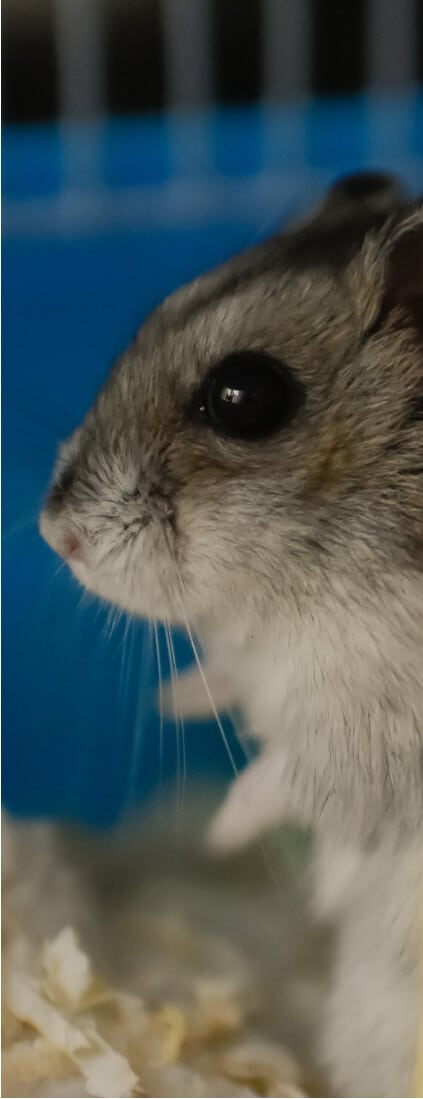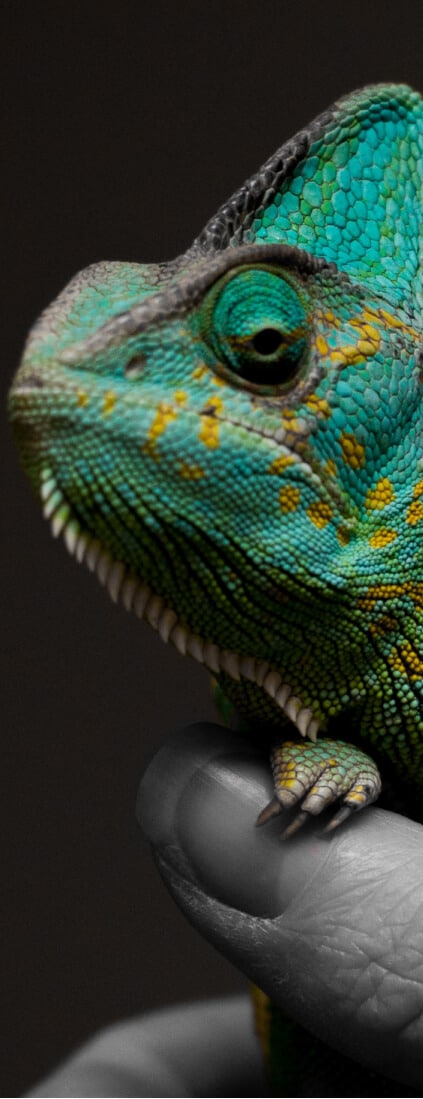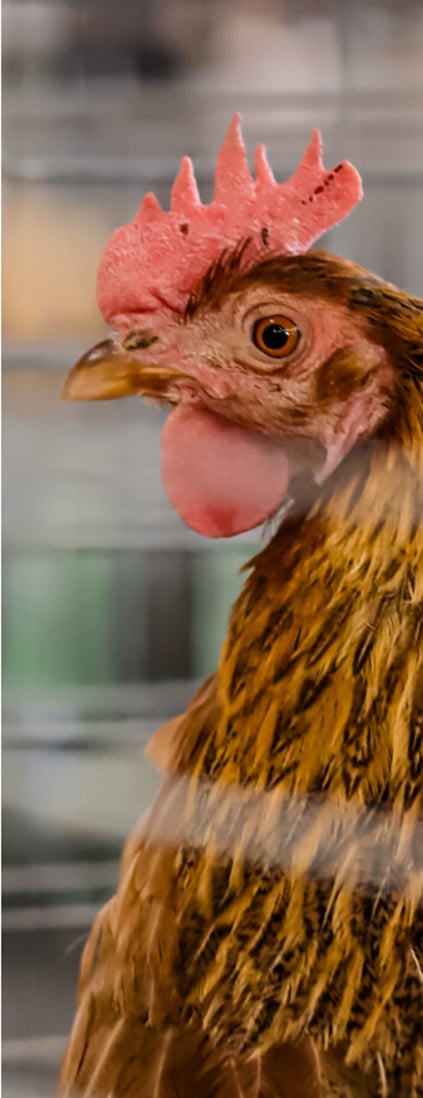Pet euthanasia is a difficult decision on its own. Deciding whether your child should be present during euthanasia adds another emotional layer. But it’s also an opportunity to teach them something profound about love, loss, and being there for someone until the very end.
For some families, having a child present during euthanasia offers a chance to say goodbye and understand death in a real, loving way. For others, it might feel too overwhelming, or simply too soon.
There’s no universal right answer. But there is a better question: What choice helps your child feel safe, included, and supported, based on who they are right now?
The Age Threshold: Why <5 Is Usually Too Young
Every child grieves differently, and their ability to process the loss of a pet evolves with age and emotional maturity.
Young children under five are still developing their ability to understand permanence and process complex emotions. They might not grasp that death is final. They also tend to mirror adult distress without fully knowing why. So, witnessing the euthanasia can create confusion or even fear.
At this age, it’s usually best to say goodbye before the appointment. Keep your explanation simple, honest, and loving, and avoid terms like “put to sleep.”
“Buster was very sick, and the vet is going to help him die peacefully. He won’t be in pain anymore, and we’ll always remember him.”
But 5 and Up: That’s Where Resilience Begins
Around age five or six, many kids begin to understand the concept of death more clearly. They can recognize emotions, ask thoughtful questions, and process loss more actively, even if not always verbally.
If your child is 5 or older and wants to be present, with proper preparation and support, they may be more resilient than you think.
What matters more than their age is their emotional readiness and your ability to guide them through it.
Why Some Parents Choose to Include Children
Many veterinarians and child psychologists note several benefits to having children present when a family pet is euthanized.
Families who include children in the euthanasia process often say it helps their kids:
- Understand what death actually looks like: peaceful, not scary
- Feel included rather than left out of an important family moment
- Help support healthy grieving with context, not confusion
- Say goodbye in a way that brings closure
Some children worry their pet was scared or alone in their final moments. Being there shows them the truth about their pet’s passing, that it was peaceful and filled with love.
These are powerful emotional lessons. If a child is calm, curious, and supported, being present can be an act of courage and connection.
The way we show up for the hardest goodbyes teaches kids how to love deeply and let go gently.
How to Decide: A Practical Guide
Use this checklist to guide your decision:
- Is your child over 5 and beginning to grasp the concept of death?
- Have they asked to be present (or shown clear interest)? You may also ask them directly if they would like to be present.
- Do you feel emotionally grounded enough to support them through it?
- Can your vet create a calm, child-aware environment (like in-home euthanasia)?
If any of these are a “no,” that’s okay. You can still help your child say goodbye in meaningful ways.
If You Choose to Include Them, Prepare with Honesty
If your child wants to be there, prep them gently but clearly:
- Use age-appropriate language: “The vet will give our dog medicine to help them pass peacefully. It won’t hurt. We’ll all be here together.”
- Avoid euphemisms like “put to sleep.”
- Let them know they can change their mind about being present, even at the last second.
- Bring something comforting for your child, like a favorite toy or blanket.
- Let them participate in small ways, like holding the pet’s paw or saying something loving.
If They Won’t Be There: Goodbye Still Matters
Saying goodbye doesn’t require witnessing the moment of death. It requires presence and love. Try:
- Drawing pictures or writing letters
- Creating a scrapbook or memory jar together
- Having a quiet farewell the night before
- Lighting a candle or planting something in their memory
- Spending some time to share stories about your pet’s life
Let them lead, and let their goodbye be uniquely theirs.
Supporting Children Through the Grieving Process
When a pet passes, grief doesn’t go away right away. It lingers and changes shape. Children may feel sadness in waves, especially if it’s their first experience with death.
Here’s how to support your child afterward:
- Keep routines consistent. Predictability builds emotional safety.
- Check in regularly, even weeks later.
- Use children’s books about pet loss to start conversations.
- Be open to questions about death, pet cremation, and aftercare, or what happens next.
- Be honest. It’s okay to say, “I don’t know where pets go when they die, but I like to think they’re peaceful now and they aren’t sick or painful anymore.”
- Say things like, “I miss them too.” You’re modeling emotional honesty.
Final Thoughts
Whether your child is present or not, what they’ll remember most is how you supported them during a difficult time.
The death of a pet is a part of life. Your job isn’t to shield them from sadness. You’re showing them how to grieve with love and how to carry that love forward.

















